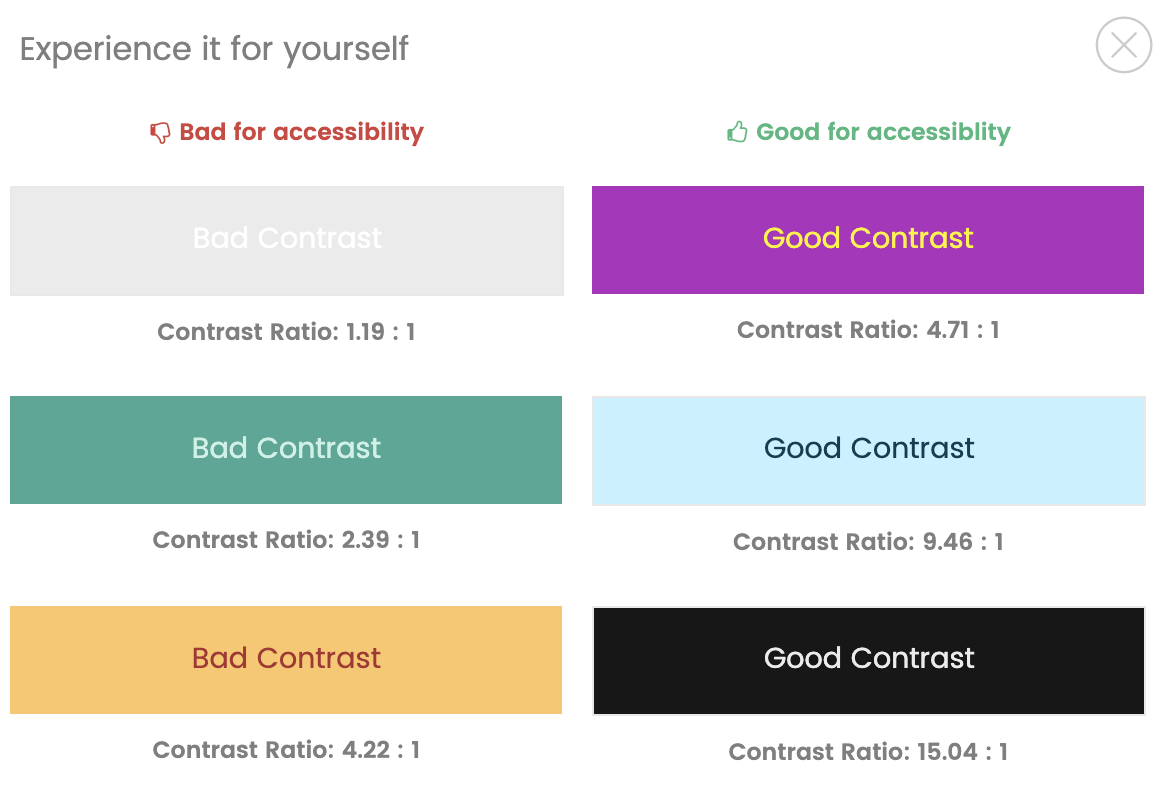What is email marketing optimization?
Email marketing optimization is the process of fine-tuning email campaigns to improve their performance and effectiveness. It involves assessing and adjusting various elements of your emails, which typically include subject lines, calls to action, and graphic design.
For example, Molly noticed that open rates had been decreasing for the past six months. To improve the metric, she tested several variants of email subjects, started paying attention to preheaders, and tested different versions, too. That way, she managed to drastically increase both opens and clicks. However, Molly doesn’t plan on stopping here. Email marketing optimization is an ongoing process, so her next destination is improving CTA buttons for more conversions.

















